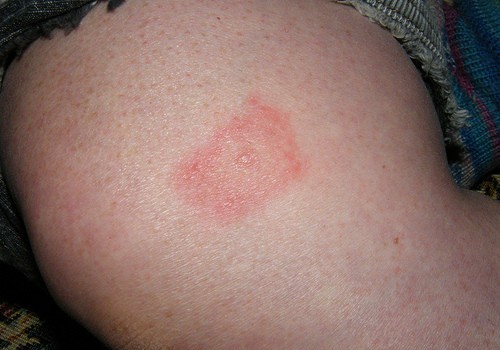

As long as your swimming pool is well maintained and chlorinated, there is no risk of swimmer’s itch. For future snails to become infected, migratory birds or mammals in the area must also be infected so the lifecycle can continue. However, an infected snail will continue to produce cercariae throughout the remainder of its life.

Larvae generally survive for 24 hours once they are released from the snail. However, there is no way to know how long water may be unsafe. Since these factors change (sometimes within a swim season), swimmer’s itch will not always be a problem. Many factors must be present for swimmer’s itch to become a problem in water. Once an outbreak of swimmer’s itch has occurred in water, will the water always be unsafe? Also, they are less likely to towel dry themselves when leaving the water. Children are most often affected because they tend to swim, wade, and play in the shallow water more than adults. Larvae are more likely to be present in shallow water by the shoreline. Swimmer’s itch is not contagious and cannot be spread from one person to another.Īnyone who swims or wades in infested water may be at risk. If itching is severe, your health care provider may suggest prescription-strength lotions or creams to lessen your symptoms.Ĭan swimmer’s itch be spread from person-to-person? Scratching may cause the rash to become infected.
#SWIMMERS ITCH BITES SKIN#

These larvae swim in the water in search of a certain species of aquatic snail. If the eggs land in or are washed into the water, the eggs hatch, releasing small, free-swimming microscopic larvae. The parasites produce eggs that are passed in the feces of infected birds or mammals. The adult parasite lives in the blood of infected animals such as ducks, geese, gulls, swans, and certain mammals such as muskrats and raccoons. How does water become infested with the parasite? Swimmer’s itch is found throughout the world and is more frequent during summer months. While the parasite’s preferred host is the specific bird or mammal, if the parasite comes into contact with a swimmer, it burrows into the skin causing an allergic reaction and rash. These parasites are released from infected snails into fresh and salt water (such as lakes, ponds, and oceans). Swimmer’s itch, also called cercarial dermatitis, appears as a skin rash caused by an allergic reaction to certain microscopic parasites that infect some birds and mammals.


 0 kommentar(er)
0 kommentar(er)
